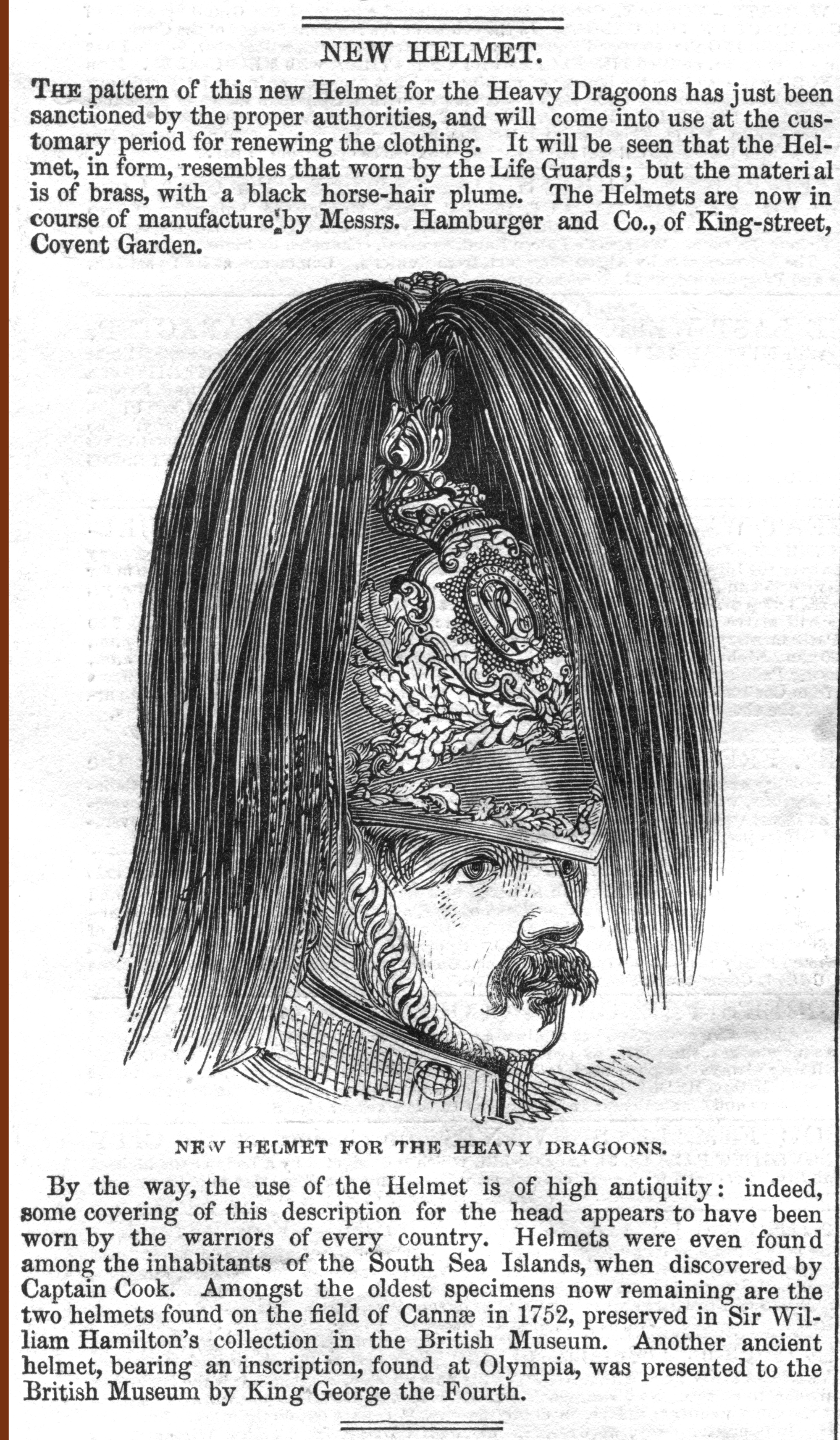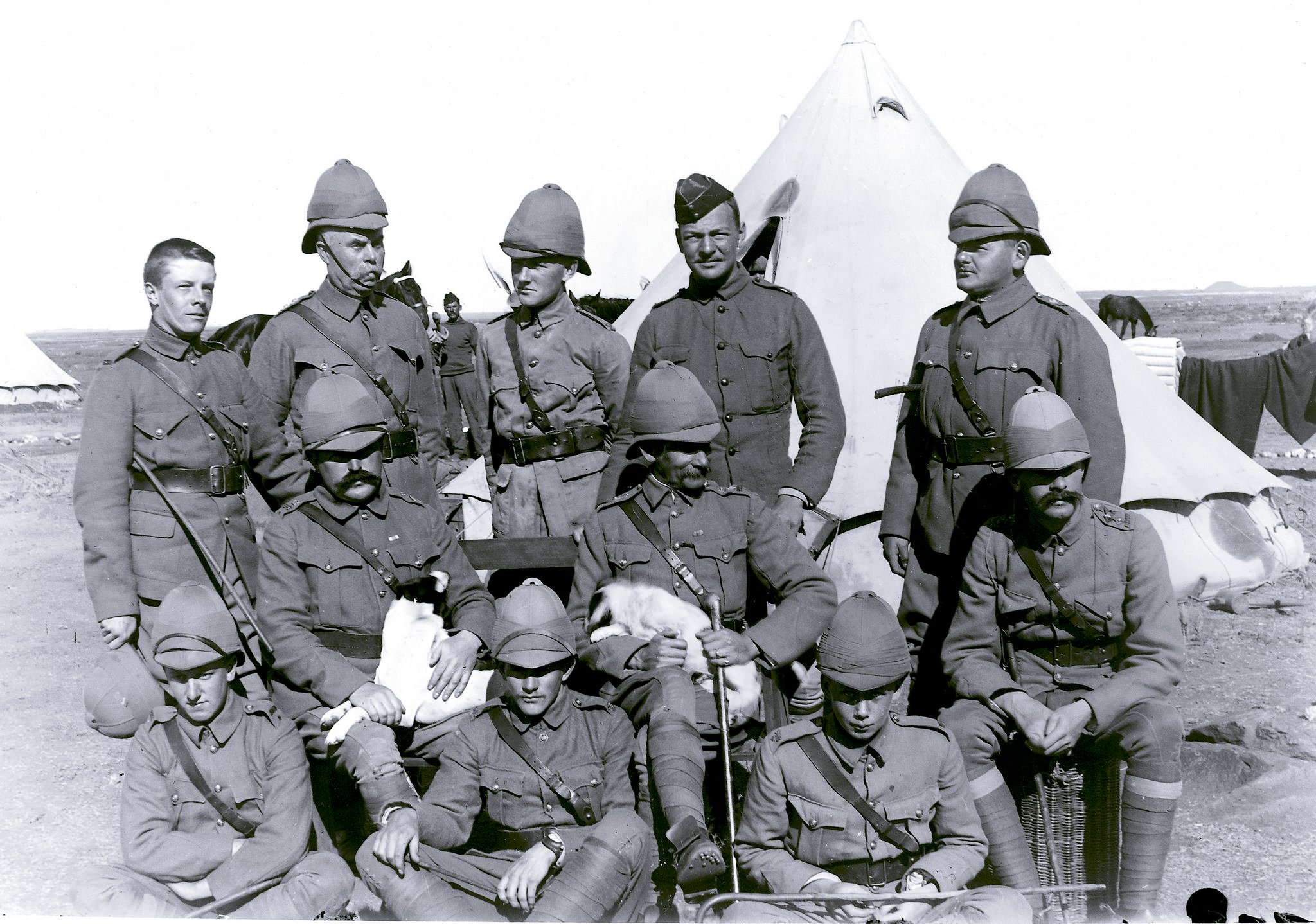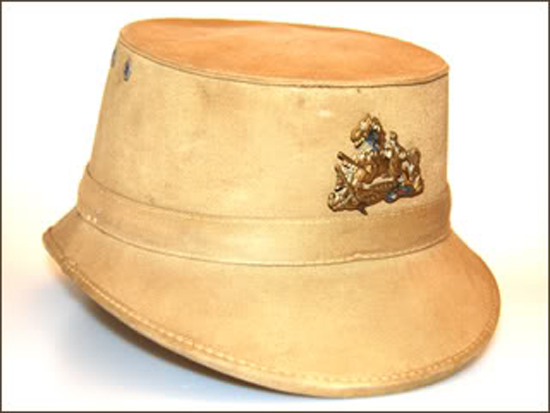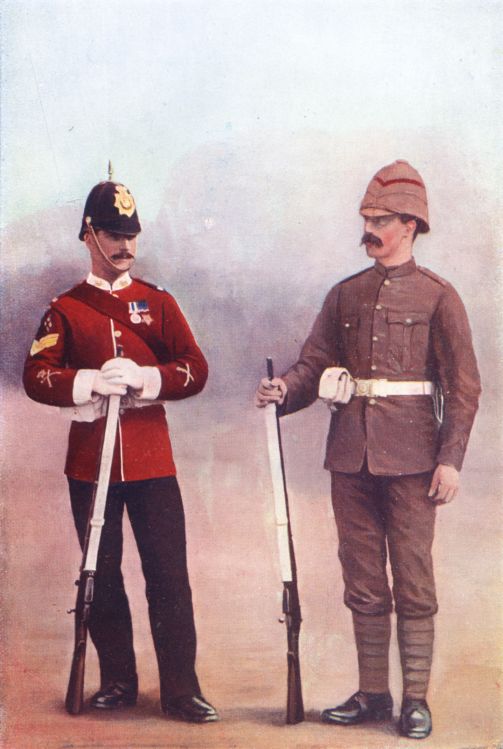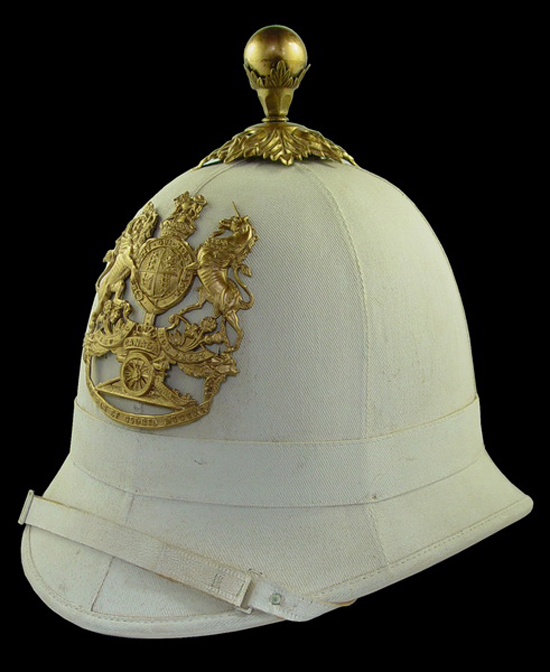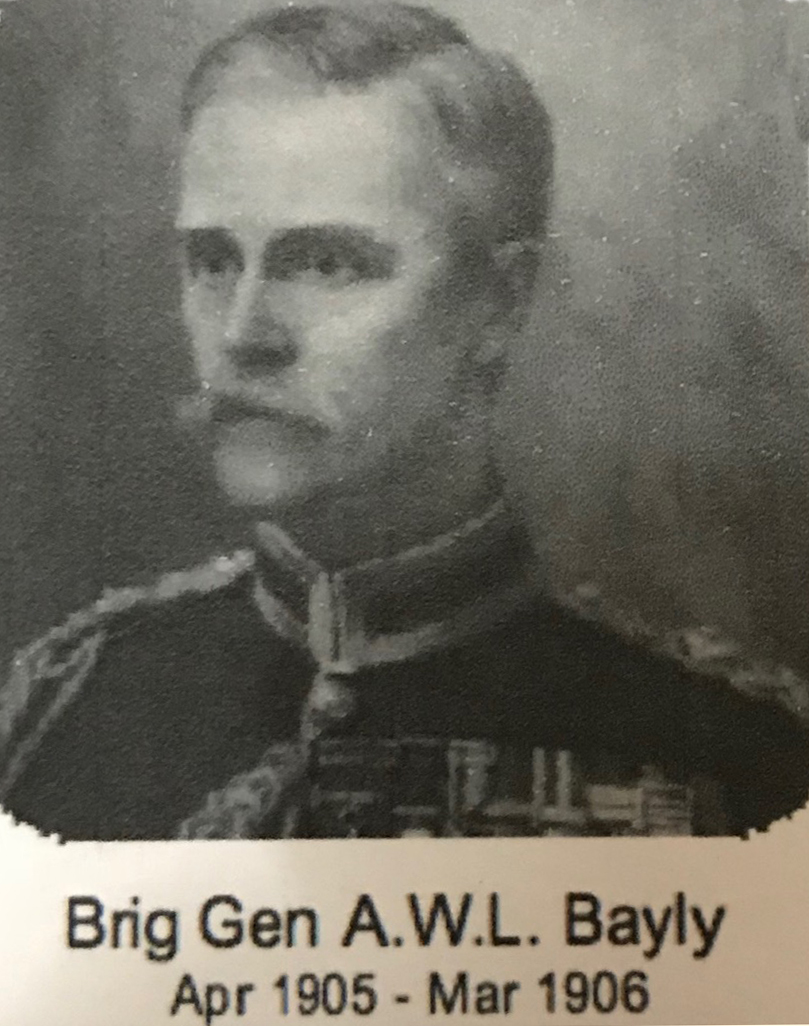 Alfred William Lambart Bayly was born 18th February 1856 in Paisley, Scotland. Educated at Wellington College, Berkshire, England and gazetted as Lieutenant to the 108th Foot 13th June, 1874. He moved to the Bombay Staff Corps 1879 and passed through Staff College in 1893.
Alfred William Lambart Bayly was born 18th February 1856 in Paisley, Scotland. Educated at Wellington College, Berkshire, England and gazetted as Lieutenant to the 108th Foot 13th June, 1874. He moved to the Bombay Staff Corps 1879 and passed through Staff College in 1893.
The photo above shows Gen Bayly after his appointment to Commandant of the Indian Staff College at Quetta.
He served in the Afghan War of 1880-1881 and was awarded the Afghanistan medal with Kandahar clasp. He also served in the Sudan, 1885 and Burma, 1886-7 earning medals with clasps and The Companion of the Distinguished Service Order. He was made commander of the 126th Bombay Infantry (Baluchistan) Regiment in 1896 and fought in the 2nd Boer War once again being decorated , mentioned in despatches and was made a Companion of the Bath.


